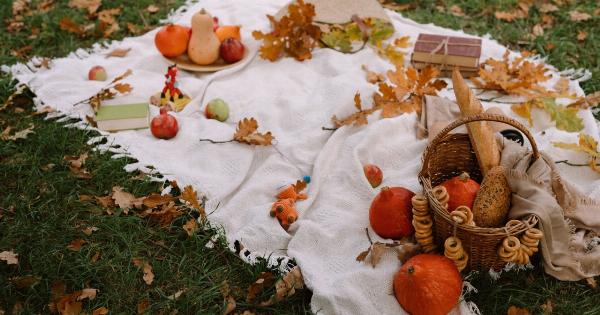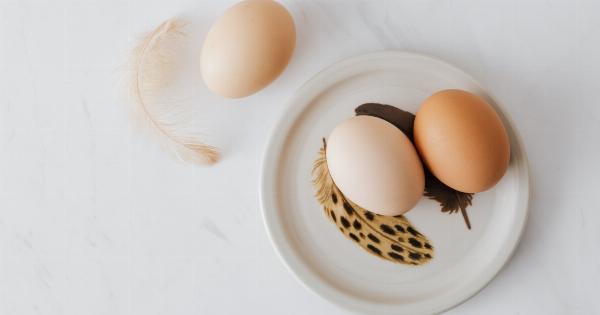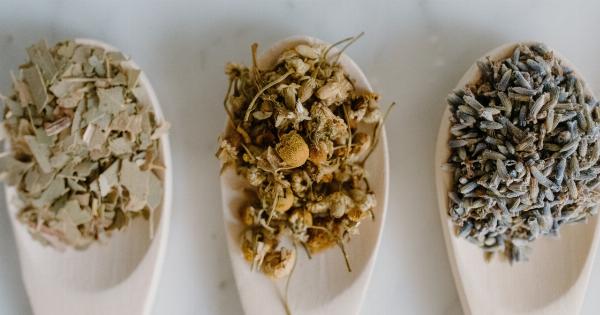Cholesterol, a waxy substance found in the blood, plays an essential role in the body’s normal functioning. However, when levels of cholesterol become elevated, it can lead to various health problems, including heart disease and stroke.
While medication can be prescribed to manage high cholesterol, there are natural and enjoyable ways to lower cholesterol levels, such as incorporating exotic fruits into your diet and engaging in fruit throwing exercises. In just one day, you can give your cholesterol levels a healthy fix and have fun doing it!.
Understanding Cholesterol and Its Dangers
Before delving into the benefits of exotic fruits and fruit throwing, it is essential to understand the impact of high cholesterol on our bodies. Cholesterol is divided into two types: LDL (low-density lipoprotein) and HDL (high-density lipoprotein).
High levels of LDL cholesterol can lead to the build-up of plaque in the arteries, whereas HDL cholesterol helps remove excess cholesterol from the bloodstream. Maintaining a healthy balance between the two types is crucial for overall cardiovascular health.
Elevated cholesterol levels are often caused by a high intake of saturated and trans fats found in processed foods, red meat, and full-fat dairy products.
These unhealthy fats increase LDL cholesterol levels while reducing HDL cholesterol, leading to an imbalance that can have dire consequences. Engaging in unhealthy lifestyle habits, such as smoking and excessive alcohol consumption, can also contribute to high cholesterol levels.
Discover the Power of Exotic Fruits
Exotic fruits are not only delicious and refreshing; they also offer numerous health benefits, including cholesterol-lowering properties.
These unique fruits are rich in fiber, vitamins, minerals, and antioxidants that can work wonders for your overall well-being.
The Mango Magic
Mangoes, the “king of fruits,” are not only sweet and succulent but also packed with nutrients. Studies have shown that mango consumption can help reduce LDL cholesterol while boosting HDL cholesterol levels.
Incorporating mangoes into your diet can be as simple as enjoying them as a snack, adding them to smoothies, or using them in tropical-inspired salads. Their vibrant color and distinct flavor make them a delightful addition to any meal.
The Tropical Twist of Pineapple
Pineapple, with its tangy taste, is not only a tropical delight but also a powerful cholesterol-lowering fruit. The enzyme bromelain present in pineapple helps break down proteins and aids digestion.
Additionally, pineapples are rich in fiber, which can help lower LDL cholesterol levels. Enjoy pineapple as a fresh snack, blend it into smoothies, or add it to your favorite salads for a flavorful twist.
The Citrus Sensation of Grapefruit
Grapefruit is a tangy and citrusy fruit known for its refreshing flavor. It is also an excellent source of soluble fiber, which has been shown to reduce LDL cholesterol levels.
Research suggests that regularly consuming grapefruit can lead to improved lipid profiles and a lower risk of heart disease. Enjoy it fresh, make a zesty grapefruit salad, or squeeze its juice for a tangy addition to your morning routine.
The Kiwi Kick
Kiwis might be small, but they pack a punch in terms of nutritional benefits. These fuzzy fruits are loaded with antioxidants, fiber, and heart-healthy nutrients.
Studies have shown that regularly consuming kiwis can help lower LDL cholesterol levels and improve overall heart health. Enjoy them in smoothies, fruit salads, or on their own for a refreshing and nourishing treat.
The Fun and Fitness of Fruit Throwing
While incorporating exotic fruits into your diet is a great way to improve your cholesterol levels, taking it a step further with fruit throwing exercises can add a significant element of fun to your routine.
Fruit throwing involves tossing or throwing fruit in a controlled manner to target specific muscle groups and promote cardiovascular fitness.
Here’s how you can get started with fruit throwing:.
1. Find a Suitable Space
Choose an open area, such as a park or beach, where you have enough space to throw fruit without risk of hitting anyone or anything. Make sure the ground is clear and free from obstacles that could trip you up.
2. Gather a Variety of Fruits
Grab different types of fruits like mangoes, grapefruits, apples, and kiwis, ensuring that they are ripe but not too soft. The variety in shape and size will provide a different throwing experience and engage different muscle groups.
3. Warm Up
Before engaging in any physical activity, warm up your muscles to reduce the risk of injury. Perform dynamic stretches, such as arm swings and leg swings, to prepare your body for the fruit throwing session.
4. Start Throwing
Stand with feet shoulder-width apart, holding a fruit in each hand. Begin by throwing the fruits in an underhand motion, gradually increasing the speed and distance. Aim for a specific target or set up a marker to improve accuracy and challenge yourself.
5. Mix Up the Throws
As you become more comfortable with underhand throws, try incorporating overhand throws as well. Experiment with different throwing techniques to engage different muscle groups and add variety to your workout.
6. Stay Hydrated
Remember to hydrate yourself throughout the fruit throwing session to avoid dehydration. Carry a water bottle and take regular breaks to rehydrate and nourish your body.
7. Cool Down and Stretch
After your fruit throwing session, cool down your body gradually by performing light exercises or walking. Finish off with static stretches to help your muscles relax and prevent any post-workout soreness.
Conclusion
Lowering cholesterol levels doesn’t have to be a dull or monotonous task. By incorporating exotic fruits into your diet and engaging in fruit throwing exercises, you can have fun while making significant improvements to your cholesterol levels.
Mangoes, pineapples, grapefruits, and kiwis offer various health benefits, including cholesterol reduction. Moreover, the exhilaration and physical exertion of fruit throwing bring an enjoyable twist to your fitness routine.




























